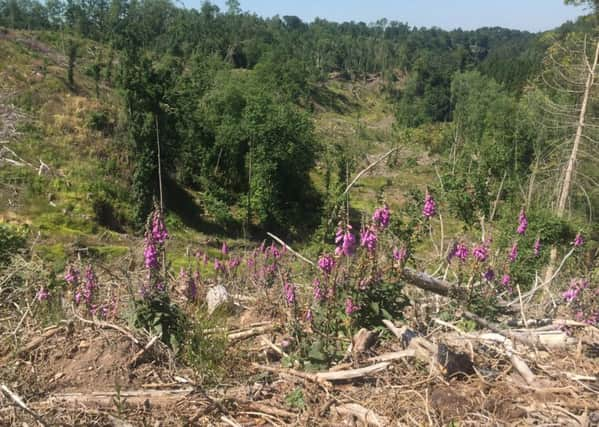Restoration programme well underway in the Clyde Valley


They have been ‘thinned out’ as part of an extensive woodland restoration programme that is well underway in the Clyde Valley.
Visitors to both Mauldslie and West Brownlee Woods will have noted that a huge number of trees have been felled recently.
Advertisement
Hide AdAdvertisement
Hide AdThis has been part of the work across the Clyde Valley woodlands to remove conifer trees that were planted commercially in the mid-20th century.
At Brownlee, the removal of three hectares of dense spruce plantation will allow broad-leaved trees to regenerate and increase the area of the existing, native woodland.
At Mauldslie, removing planted larch from among the native, broad-leaved trees will let more light on the forest floor and encourage the growth of shrubs and wild flowers.
The work is part of an extensive woodland restoration programme across the Clyde Valley National Nature Reserve, supported by the Clyde and Avon Valleys
Advertisement
Hide AdAdvertisement
Hide AdLandscape Partnership, the Heritage Lottery Fund and Forestry Commission Scotland.
South Lanarkshire Council’s Countryside and Greenspace Manager, Malcolm Muir said: “The ancient woodlands of the Clyde Valley are one of Scotland’s natural treasures.
“But, in the mid-20th century, parts of this irreplaceable resource were felled and replanted with commercial conifers.
“This project has started the process of repairing this damage and restoring these beautiful woods for future generations.
Advertisement
Hide AdAdvertisement
Hide Ad“Native trees will quickly colonise the cleared areas and will grow rapidly in the rich forest soils.“
Similar work has been undertaken by the council and the Scottish Wildlife Trust at Falls of Clyde.
Pathways damaged by the work are currently being repaired.